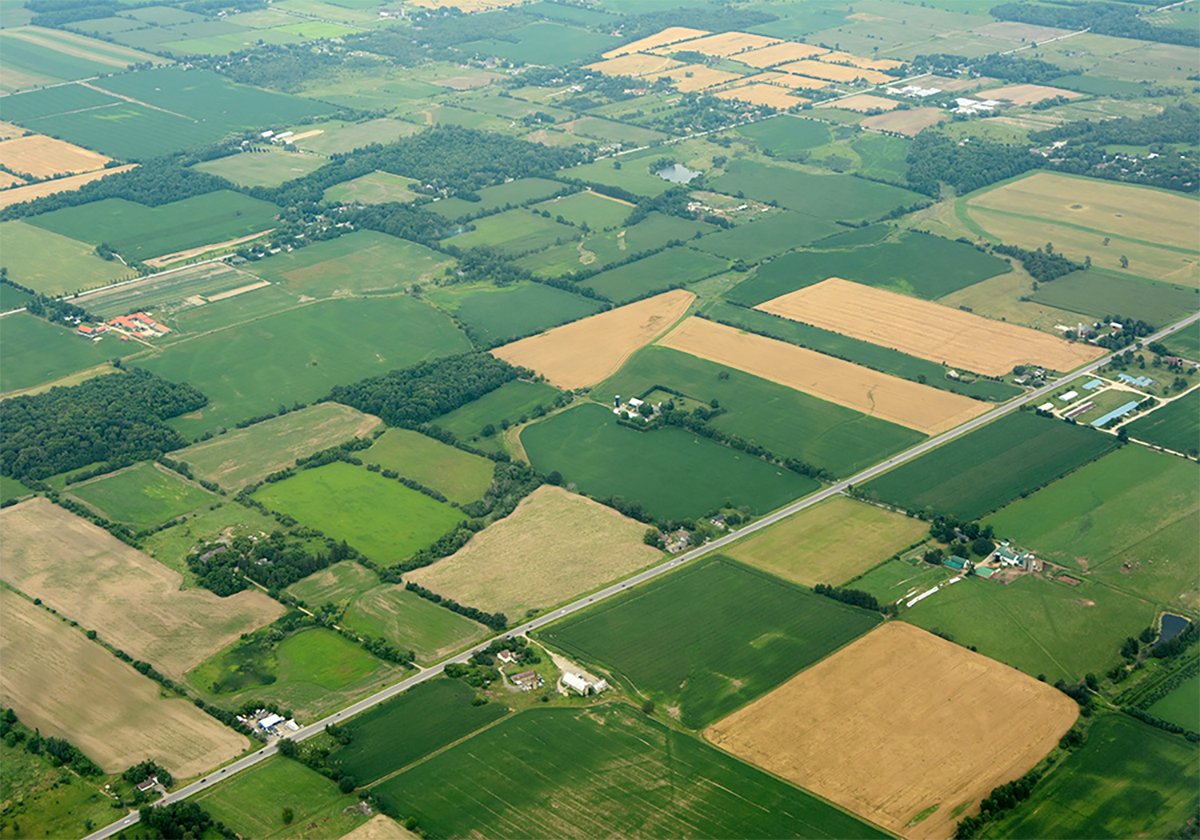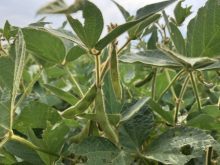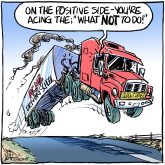Television was full of ridiculous fantasies when I was a kid.
TV women languished in full bathtubs, water up to their necks, with bubbles tickling their pert noses.
TV men allowed showers to flow unattended until the water reached the desired temperature.
TV kids washed cars in driveways – cars that didn’t appear to need washing – and had water fights and let unchecked hoses run into gutters.
They let the water run while brushing their teeth.
They flushed every time.
Read Also

Higher farmland taxes for investors could solve two problems
The highest education and health care land tax would be for landlords, including investment companies, with no family ties to the land.
It was ludicrous fiction for those of us accustomed to bathing with siblings, flushing judiciously, accumulating laundry for a full load and saving every extra drop of rain.
After years of chronic water shortage, the move to a city, with its profligate use of water, was among the most astonishing transitions to urban life.
But it appears the appreciation of water’s value and the need for conservation is bridging the rural-urban divide.
Not a moment too soon.
As speakers noted at a water conference in North Battleford earlier this month, Western Canada’s 5.6 million people experience drought conditions in two years out of every 10. With climate change, population growth and more water demand by industry and agriculture, water conservation is definitely The Next Big Thing.
But how to achieve this goal, and ensure adequate supply for communities, the environment and economic interests?
The prairie provinces are each devising a strategy. The Alberta Water Council, the Saskatchewan Watershed Authority and the Manitoba Department of Water Stewardship are each charged with determining future needs and allocations.
At the above-noted meeting, spokespersons for each province seemed mindful of the challenges ahead. All of them rule out water export to other countries and all of them have at least considered “economic instruments,” more commonly known as fees, to allocate water.
Saskatchewan Agrivision Corp. has put forth a proposal for numerous dams and reservoirs on Alberta and Saskatchewan waterways. Opponents of that plan argue that better use of existing water flow and dam supplies are preferable options.
As you can see, there are many debates ahead in the development of a comprehensive western Canadian water strategy. That’s as it should be for a commodity fundamental to the way we live, work and play.
We invite our readers to share their ideas on water strategy, storage and conservation. Perhaps the television “fantasies” of water use should become just that.















